Words, they say, are powerful. If you’ve ever questioned this notion, try picturing your favorite digital product without words. How usable would it be?

Without the context that written content gives, your designs will be practically unusable. So, it only makes sense to tailor your content to your users’ needs. An effective way to ensure that your content meets your users’ needs is through content testing.
When done well, content testing can help you pinpoint the exact words and phrases that resonate best with your users.
In this article, we’ll cover what content testing is (and what it isn’t), why you should test your content, and show you some methods for measuring the effectiveness of your content.
So, let’s get started by defining what content testing is.
Content testing is a user research method that evaluates how well the copy in a digital product resonates with users and supports their intended goals. It’s an iterative process that involves testing various aspects of content, such as language and tone of voice, to ensure that it effectively communicates information and guides users through a digital experience.
Although content testing and usability testing often go together, you shouldn’t confuse the two. Unlike usability testing, which aims to evaluate the overall usability of a digital product or interface, content testing focuses primarily on the quality and impact of the written content.
Typically, content testing seeks to address the following questions:
And just in case you’re wondering why you should even bother with finding the answers to these questions, here’s why:
Imagine you’re designing a landing page. You’ve created personas, analyzed the language preferences of these personas, and tailored your copy to suit them. After investing significant time and energy into crafting the perfect copy, would you just cross your fingers and hope the copy converts? Most likely not.
Content testing offers a proactive approach to ensuring your copy is effective because it:
By analyzing user feedback, you can spot common trends in how people perceive your voice and tone. This helps you adjust your tone to better match what users expect.
Content testing can help you identify confusing language, ambiguous terms, or sentences that may hinder comprehension. This makes it easy to improve your copy’s clarity and usefulness.
Because content testing produces well-structured data, even numbers that are easy to understand, you can measure the impact of your copy on users.
By testing various text elements, you can understand what works best for your users and what doesn’t. But most importantly, you’ll understand the why behind it. That way, you would know what to change and what to keep.
Through content testing, you can learn about the obstacles users with various disabilities might encounter when accessing your content. This information can help you tailor your content to meet the needs of diverse users.
By analyzing user responses, engagement metrics, and feedback from content testing, you can better understand your users’ likes, dislikes, expectations, and preferred ways of processing information. With this knowledge, you can tailor your content to better meet their needs and expectations.
Now that we’ve discussed the importance (“why”) of content testing, let’s turn our attention to the “how.” We’ll start by looking at ways to evaluate your content, followed by an overview of some content testing methods.
Here are some criteria you should use when testing your content:
Readability determines how easily users can read and understand your text. Key considerations include:
Accessibility tells you how easily readers with disabilities can access and understand your content. It involves considerations such as:
Usability lets you know how easy it is for users to engage with your text. Some key considerations include:
Searchability tells you how easy it is for users to find your product online. Key factors to consider include:
Navigabilty determines how easy it is for users to navigate your content. Factors to consider include:
Tone and voice determine whether the language used aligns with your company’s brand identity. Factors to consider include:
Here are seven methods you can use to test your content:
A/B testing is a quantitative research method that involves putting different versions of the same content before users to determine which performs better. The version that outperforms the others is typically chosen for broader implementation.
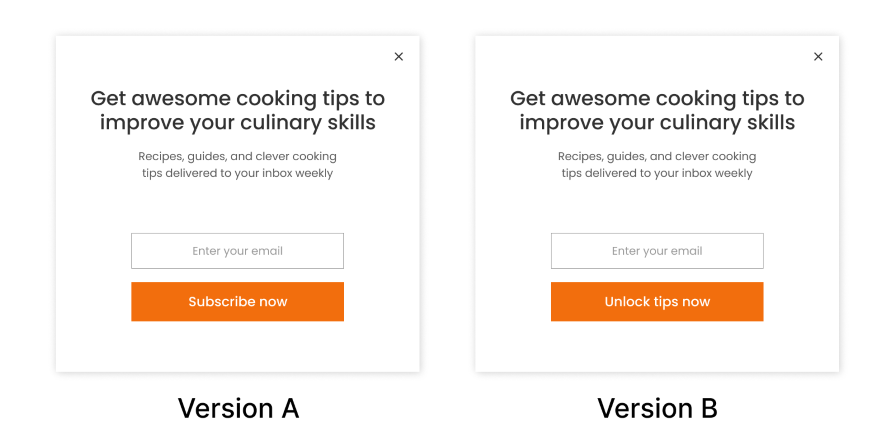
It’s important to note that although A/B testing can tell you which content performs better, it doesn’t tell you why. You would need to turn to other research methods to discover the reasons behind the users’ decisions.
Just in case you’re wondering why you should choose A/B testing, here’s why:
Card sorting is a quantitative and/or qualitative user research method used to evaluate the information architecture of a digital product. It involves asking users to group ideas and information in a way that’s logical to them using physical or virtual cards. Through this exercise, you can know where users expect to find certain content.
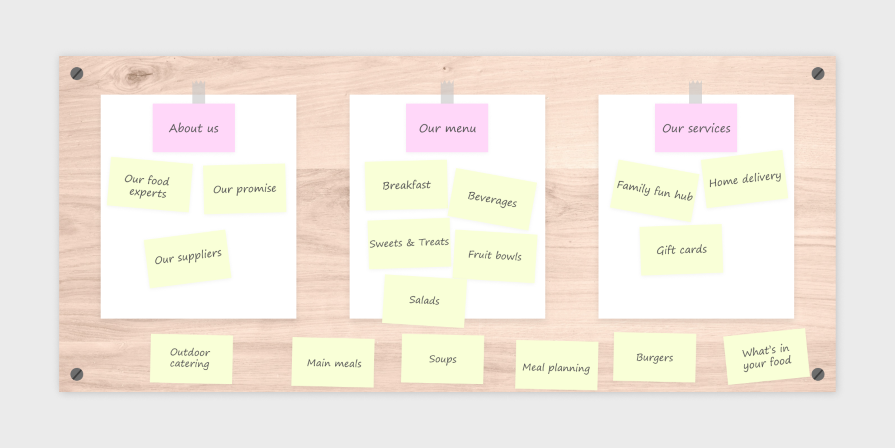
Here are a few reasons why you might want to use card sorting:
Search term analysis is a quantitative user research method that involves analyzing search terms to identify what people already use and if there are any trends. Tools such as Google Trends can show you the terms most familiar to users in your region.

Here are some reasons why search term analysis might be worth your time:
Comprehension survey is a user research method that tests whether a user understands a piece of content. This can be long-form content, short text, or anything in between.

Here are some ways a comprehension survey can help you:
A highlighter test is a quantitative research method where users read a passage, marking confusing parts in one color and highlighting clear sections in another. This exercise helps you figure out what’s easy to understand and what’s not.
There are two types of highlighter tests: moderated and unmoderated tests.
Moderated test: Participants are typically asked about their decisions or thought processes during or after the test session.
Unmoderated test: Participants take the tests independently but may still be asked for feedback through follow-up surveys or interviews.
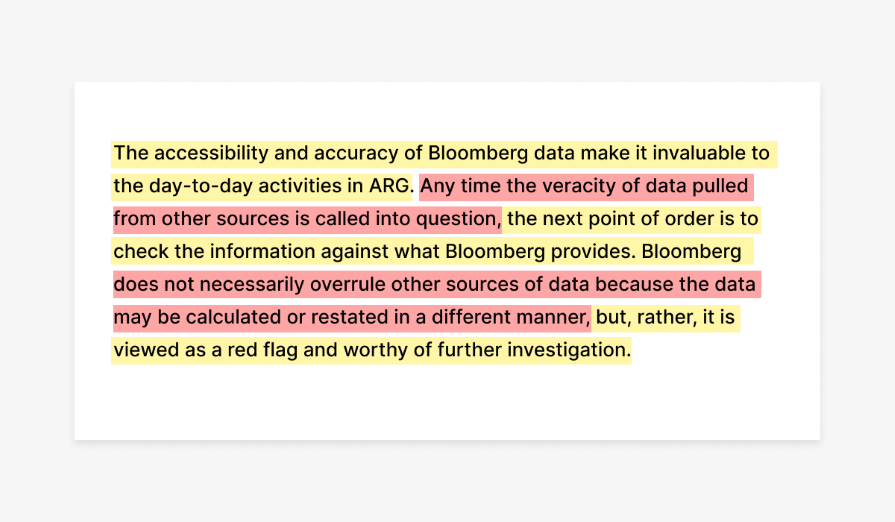
Here are some reasons why highlighter testing is beneficial:
A Cloze test involves hiding every xth word from view, and the participants are asked to guess the hidden word. You can let participants come up with words themselves or present them with options to fill in the missing words. This exercise can give an insight into their comprehension level.
Cloze tests can be conducted in person or virtually.
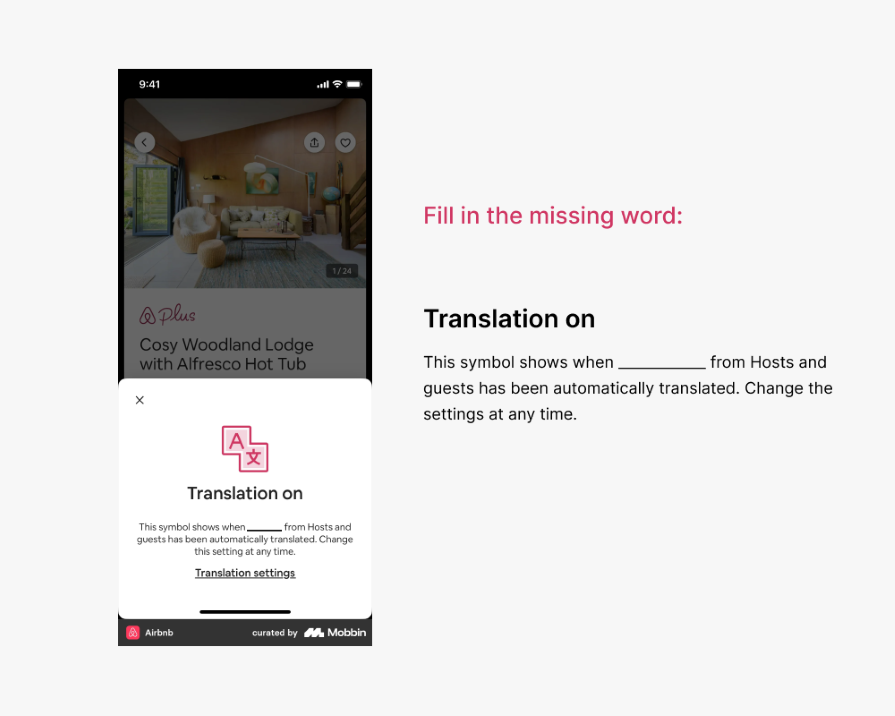
Here are some ways a Cloze test can help you:
Usability testing is a qualitative research method in which a moderator prompts participants to perform tasks to evaluate their understanding of the content used. For example, you can ask participants to read content about a feature and describe what it does.
Here are some benefits of usability testing:
Although we’ve focused mainly on seven content testing methods, it’s important to note that some other approaches can provide valuable insights into your content’s performance. Here are a few of them:
This research method involves observing where test participants focus on your content and the order in which they read it. It also looks at how much time they spend reading and whether they’re re-reading. This can help you determine if users understand your content the first time they read it.
Session replays are recordings of user interactions with your digital content. They capture users’ mouse movements, scrolls, clicks, and other interactions in real time. These recordings can show how users navigate your content, including any areas they struggle with.
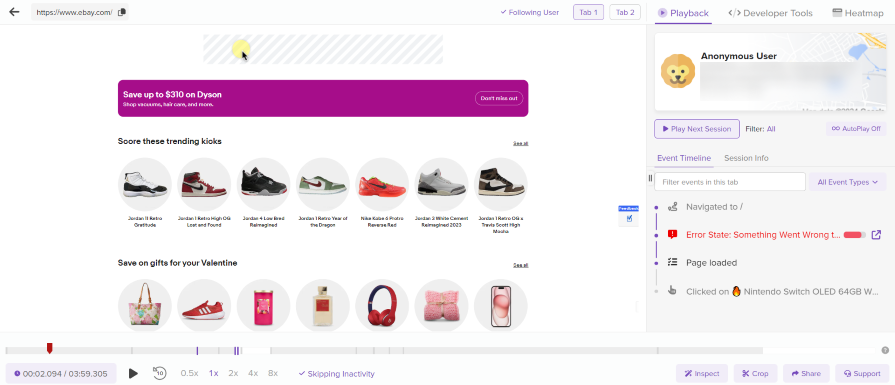
Heatmaps give you a visual representation of how users interact with different text elements, showing you areas of interest and engagement. With this insight, you can make well-informed content placement decisions.
There are several analytical tools that you can use to view a heatmap of your site. LogRocket is one such tool, offering three different ways to see how users interact with your content:
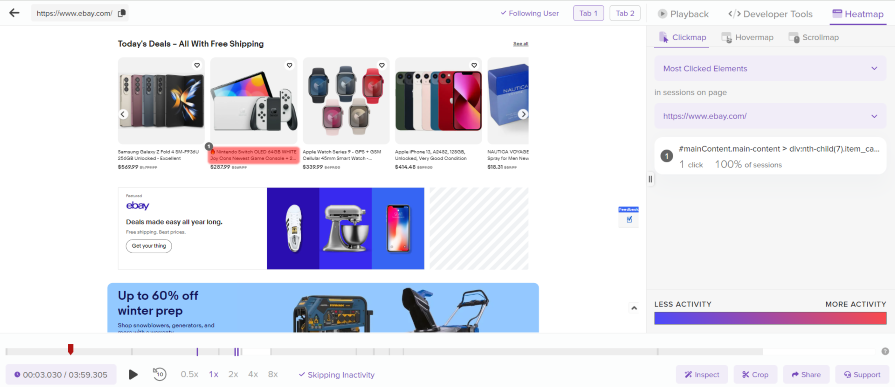
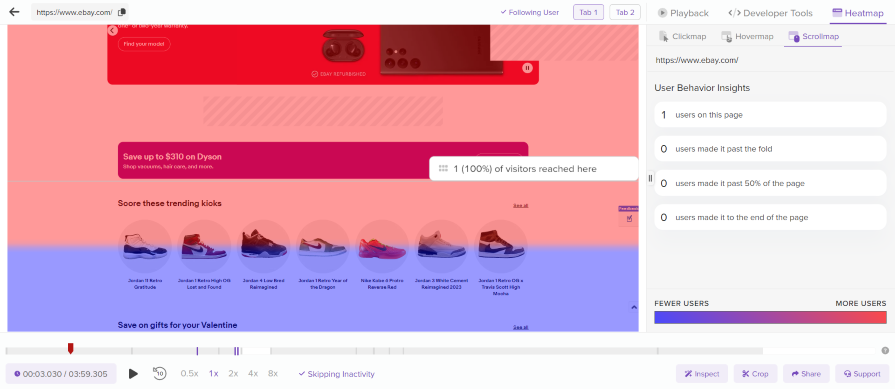
Content testing takes the guesswork out of your content strategy, offering clear insights into what resonates with users and what doesn’t. In this article, we’ve explored a handful of testing methods. So, whether you’re looking to enhance readability, perfect your voice and tone, or gauge real-world performance, there’s a research method here for you.
And, if you don’t have the time or resources for extensive research, analytical tools like LogRocket offer insights into user behavior that can help optimize your digital content. So, why leave your content’s success to luck?
LogRocket's Galileo AI watches sessions and understands user feedback for you, automating the most time-intensive parts of your job and giving you more time to focus on great design.
See how design choices, interactions, and issues affect your users — get a demo of LogRocket today.

Small actions can have large consequences in complex systems. Here’s how UX designers can manage dependencies so users feel informed and in control rather than blocked or blindsided.

This article examines when hero sections are necessary in digital products, when they create friction, and how to evaluate them using UX goals, primary actions, user flow impact, and real-world alternatives.

AI speeds up tasks like research synthesis, ideation, and first-draft wireframes, but it can’t replace clarity, taste, or decision-making. Here’s a grounded look at what AI actually does well in UX right now.

Discover how to craft UX-friendly hero sections with examples, design tips, and strategies that drive engagement and conversion.